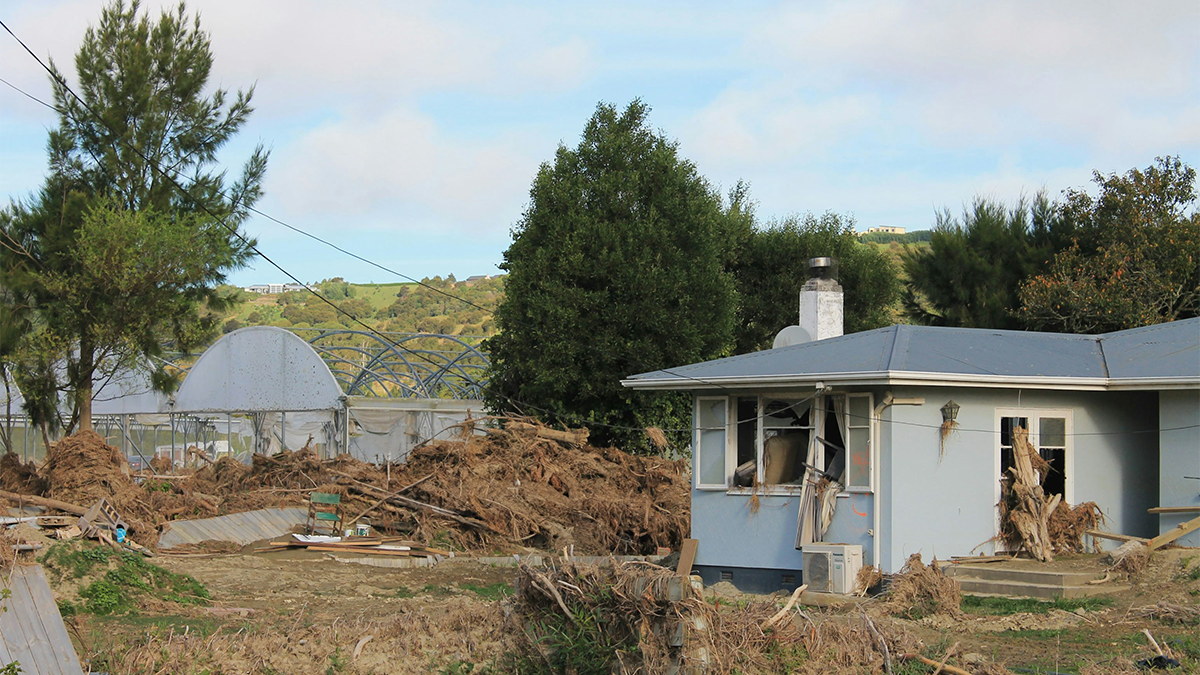Remember the January 2023 floods that left parts of Auckland underwater? While we can’t predict when the next emergency will strike, we can prepare for it. The new Papakura Local Board Emergency Readiness and Response Plan makes it clear: every household needs its own emergency plan. Here’s your practical guide to getting ready in five manageable steps.
1. Know Your Local Hazards
Not all Papakura neighborhoods face the same risks. If you live in low-lying areas like Red Hill or parts of Drury, flooding is your primary concern. Properties near the Manukau Harbour also face tsunami risks – if you feel a long or strong earthquake near the coast, head immediately to higher ground without waiting for official warnings.
But water isn’t our only worry. Papakura sits within the Auckland Volcanic Field, and everyday risks like house fires and pandemics remain constant threats. Check the Auckland Emergency Management Hazard Viewer online to see exactly which risks affect your street.
2. Crafting a Simple Household Plan
Creating an emergency plan takes just 30 minutes. The Papakura plan includes a template covering three essentials: emergency contacts, meeting spots, and evacuation routes. List phone numbers for family, doctors, and schools. Choose two meeting places – one near home and another outside your neighborhood.
Most importantly, identify evacuation routes. If you’re in a flood zone, know the quickest way to higher ground. For coastal residents, practice your tsunami evacuation route. The plan offers templates in multiple languages and includes advice for elderly family members or those with disabilities, such as keeping spare mobility devices ready.
3. Stocking the 3-Day Supply Kit
Emergency services might take days to reach everyone after a major disaster. You’ll need supplies for at least three days, starting with nine liters of water per person. Store it in clean plastic bottles, add five drops of unscented bleach per liter, and replace every six months.
Your food supply should include non-perishable items that don’t need cooking. Don’t forget medications, baby formula, and pet food. Pack a “grab bag” – a backpack with essentials like sturdy shoes, torch, radio, first aid kit, and important documents. This differs from shelter-in-place supplies, which include larger items like emergency toilet buckets and extra batteries.
4. Strengthening the Dwelling
Simple home improvements can prevent major damage. For earthquakes, secure heavy furniture and TVs to walls. Use Blue-tack for small items. For floods, keep drains and gutters clear of debris. Consider sandbags if you’re in flood-prone areas – hardware stores stock these items. Install smoke alarms in every bedroom and maintain water tanks if you’re rural.
5. Practice and Review
An untested plan is useless. Use the daylight‑saving change as a good time to review and practise your plan. Run a household drill: practice Drop, Cover, and Hold for earthquakes, check supplies haven’t expired, and update contact information.
Make it a family activity where kids help check flashlight batteries. Connect with neighbors too – share contact details and identify who might need extra help. The plan emphasizes that neighbors are your first line of support during disasters.
Your Next Steps
Ready to protect your household? Download the complete Papakura Local Board Emergency Readiness and Response Plan. Use the Hazard Viewer to identify your specific risks. Most importantly, share your completed plan with your neighborhood Facebook group or community chat. When we all prepare together, our entire community becomes more resilient.
The 2023 floods taught us that emergencies don’t wait for convenient times. But with these five simple steps, you’ll be ready when the next one arrives. Start today – your future self will thank you.




0 Comments